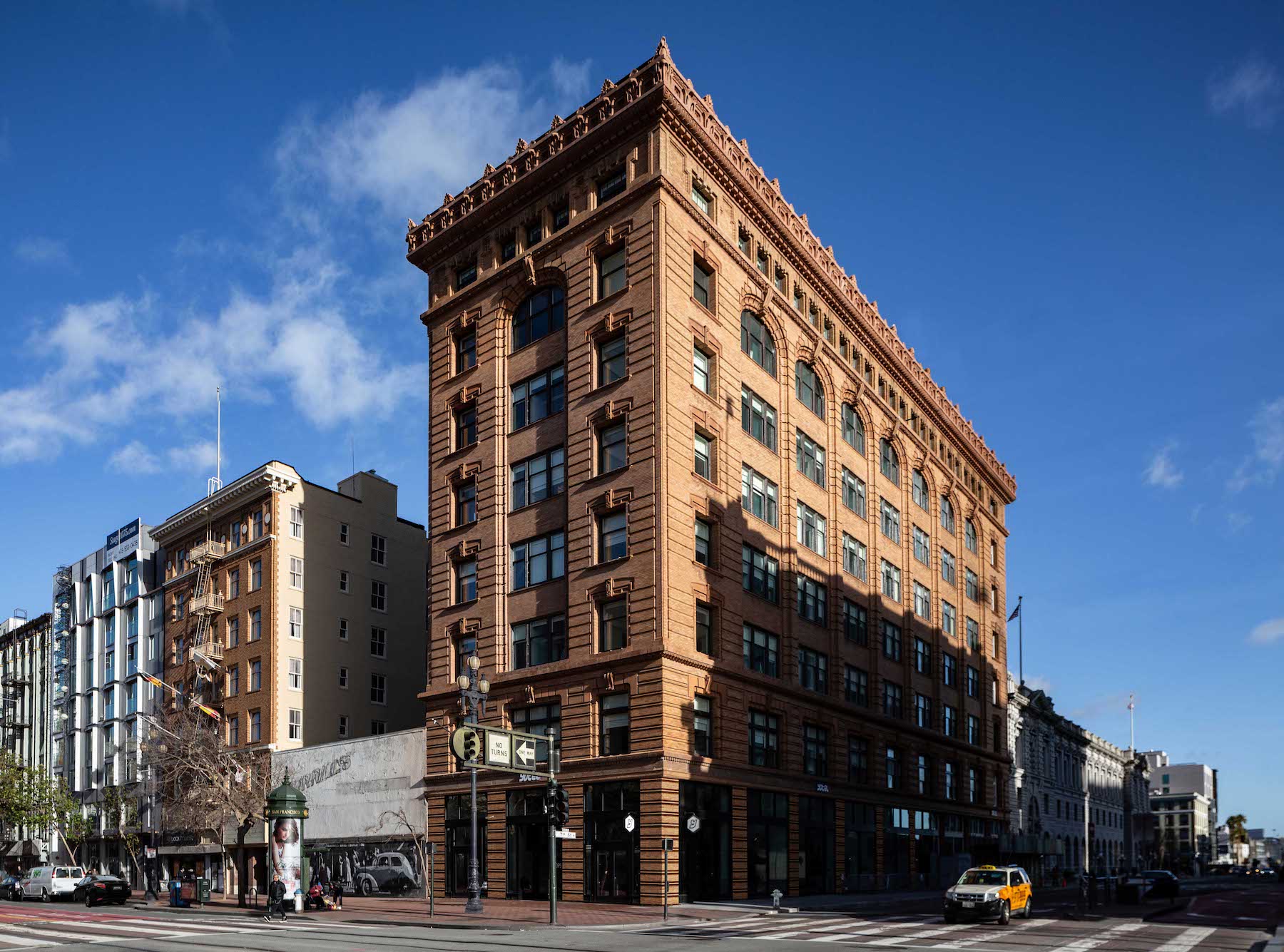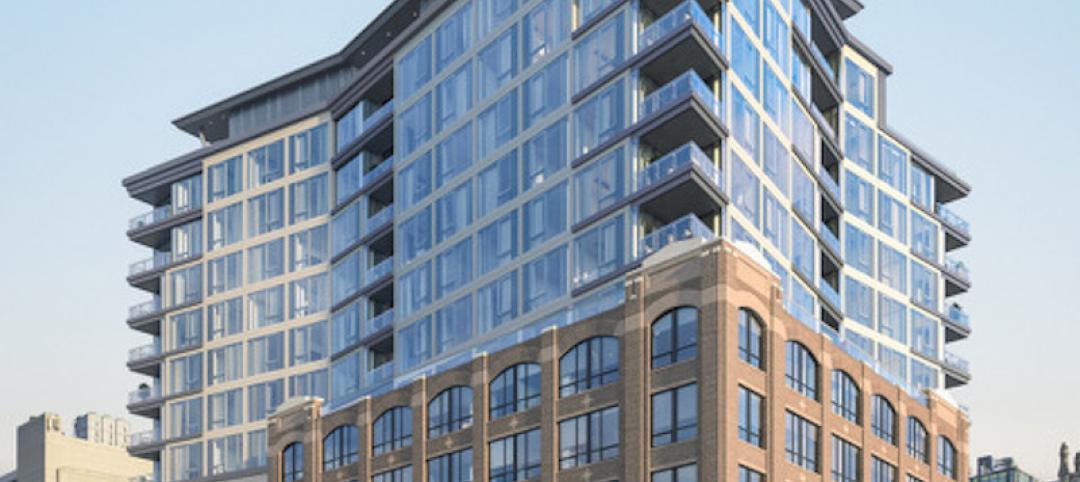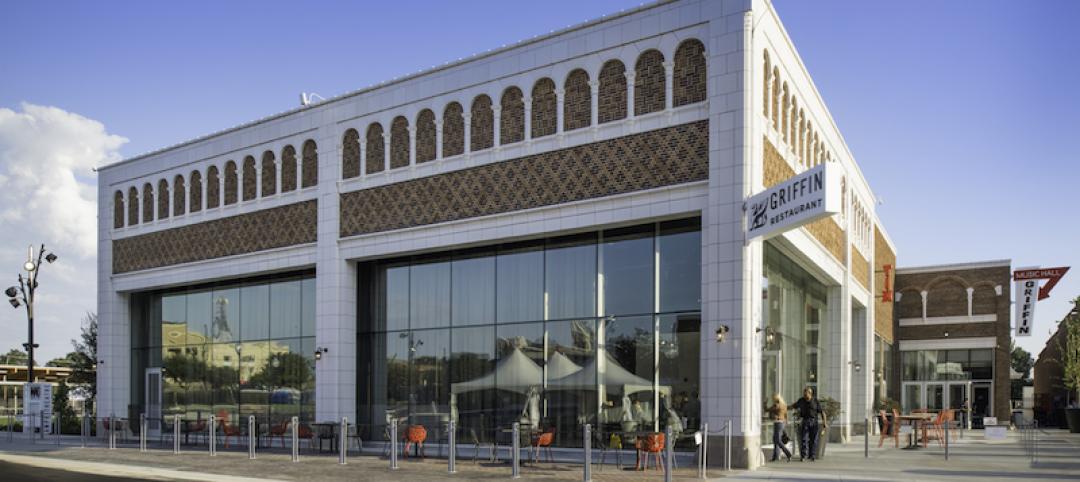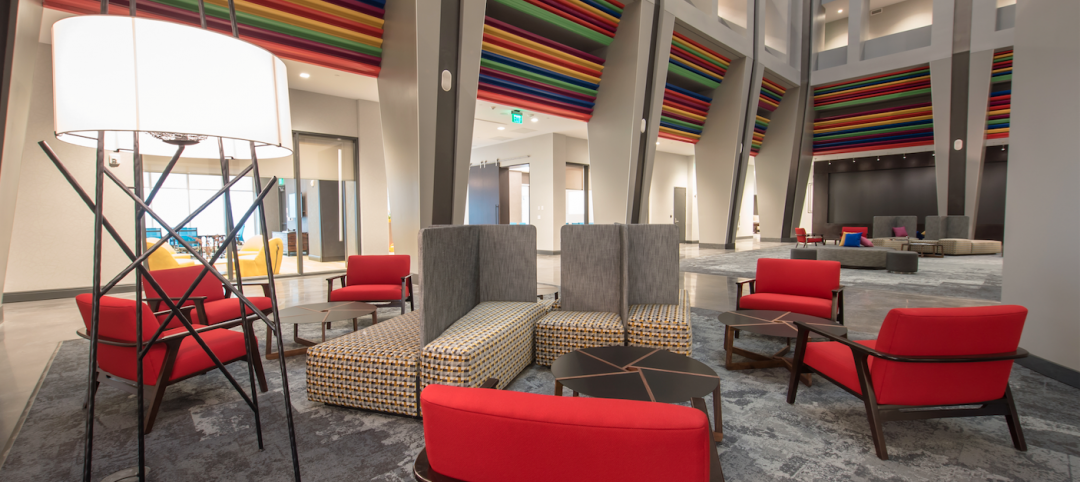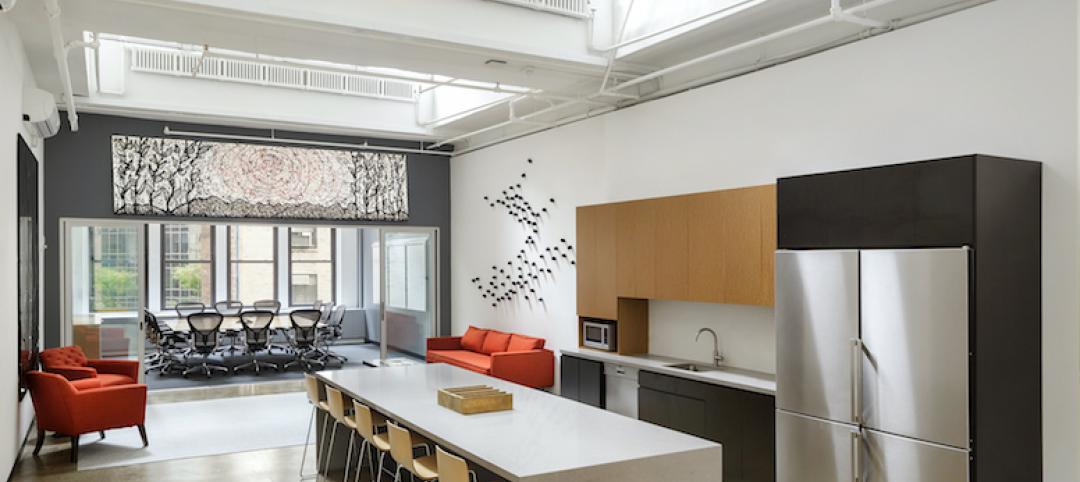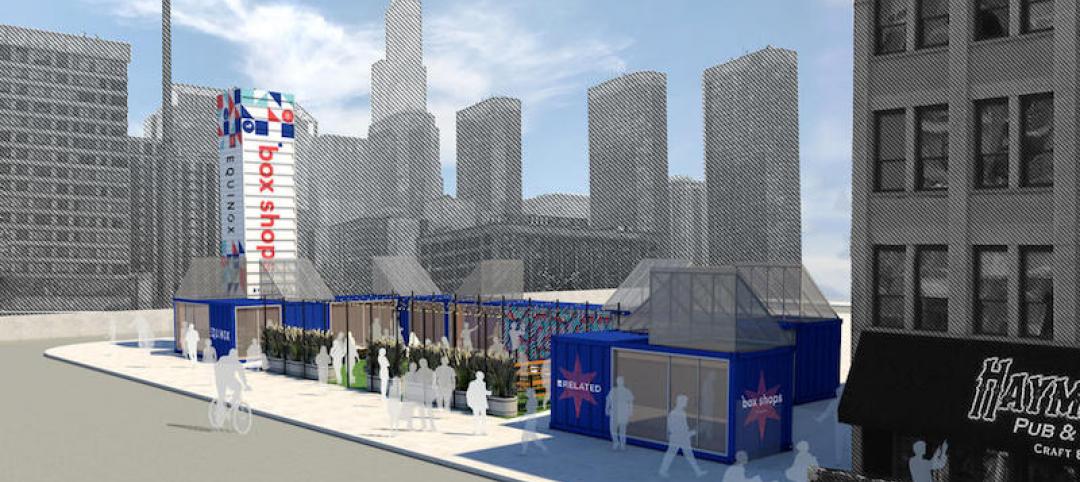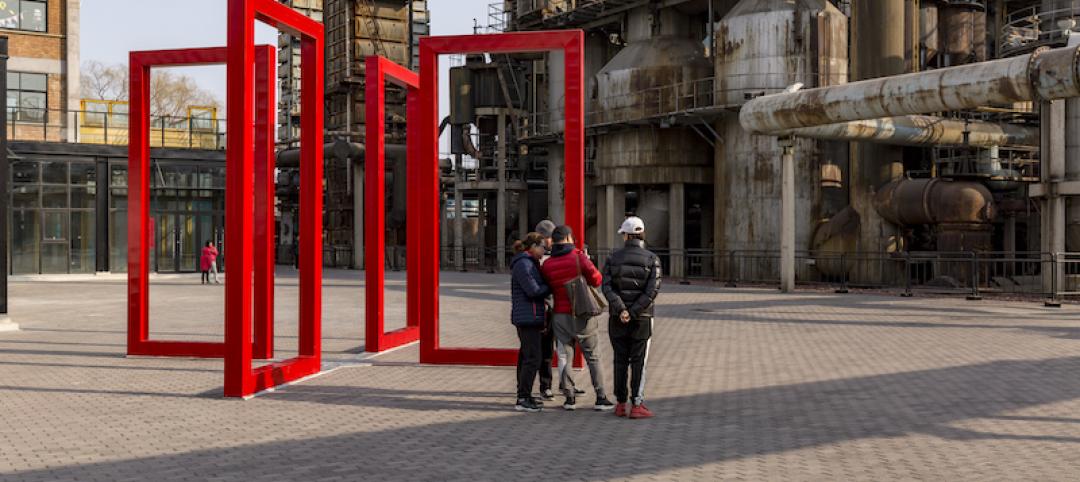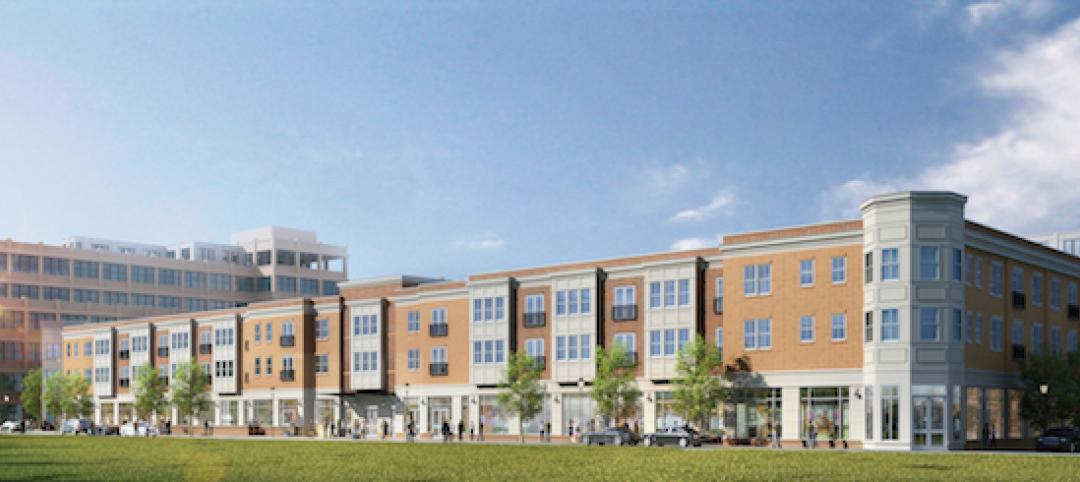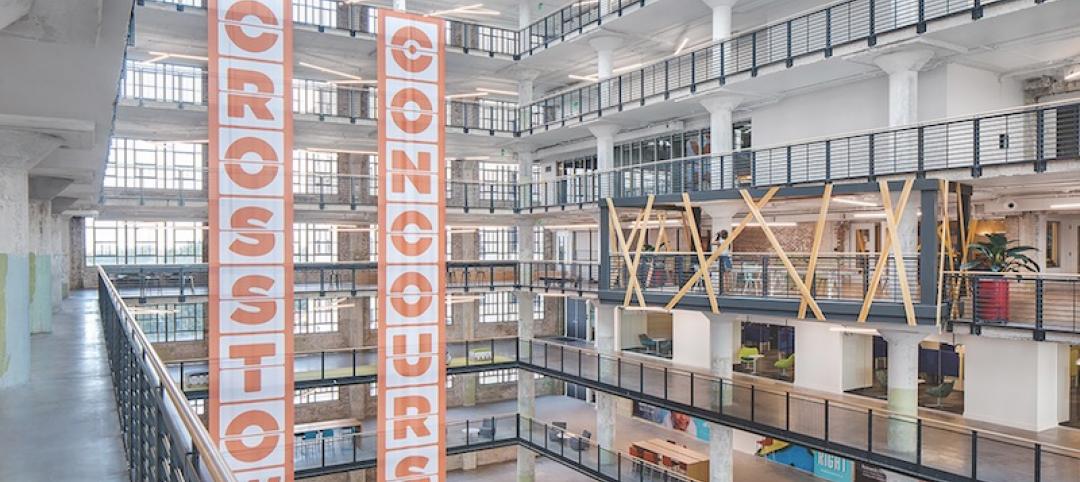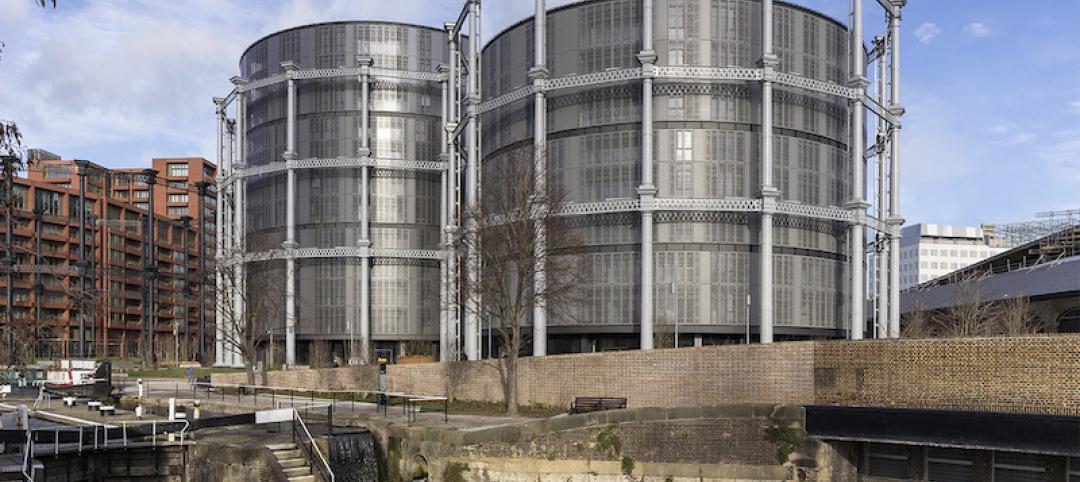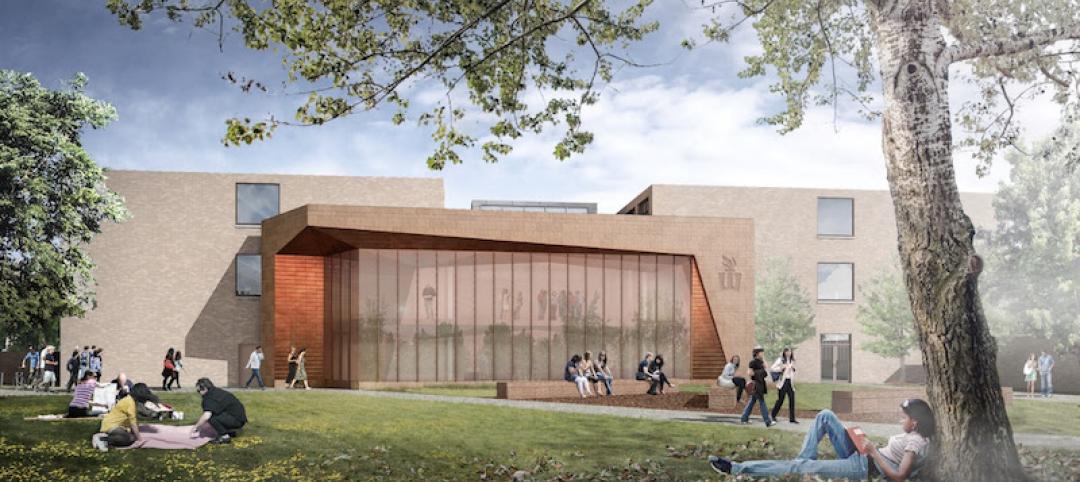Most nonresidential construction projects are delivered late. And then there’s 1095 Market Street in San Francisco, an office building-to-hotel conversion that was supposed to take 18 months to complete but, for a host of reasons—some COVID related, others architectural—was finally finished last spring, five years after the project was started.
“I would need three hours to explain why,” laughed Todd Pesavento, Project Executive with Skanska USA Building, the project’s general contractor that also provided design-build services for mechanical, electrical, fire protection, and historical elements. BD+C interviewed Pesavento last week with Jason Wright, Associate Designer and a Conservation and Preservation Specialist with Page & Turnbull, which handled most of the historic restoration of this 115-year-old building.
Pesavento explained that the building—which was also known as the Grant Building—had “numerous” structural and foundation issues whose installation took a year to redesign and implement. An exterior wood column had deteriorated to the point where it had to be replaced from the 8th floor to the roof six floors above. That replacement also required removing and replacing historic brick. There was also more lead paint in the building than expected that needed remediation.
BAR Architects, the project’s architect, had to rebuild the building’s ground-floor storefront and to recreate the building’s wood window system that is now sound- and weatherproof.
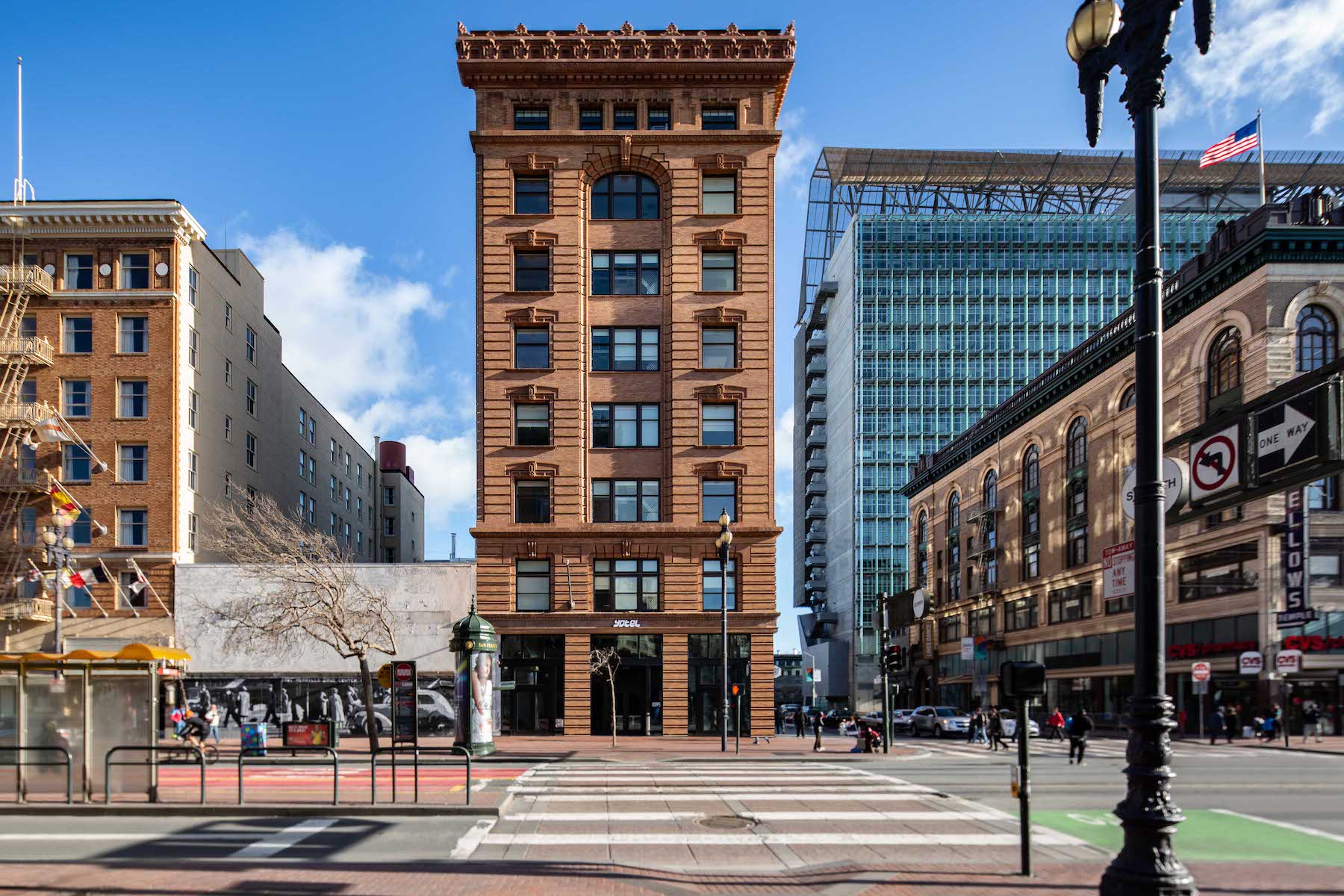
Pesavento noted that four of the building’s original terracotta pilasters were coated with several layers of paint that were removed. Those pilasters were used as models to recreate nine other pilasters from glass fiber-reinforced concrete (GFRC) material, each with seven components.
Wright added that the brick and terracotta in the middle of the building, with a lot of different shapes, had to be cleaned and, where necessary, repaired or replaced, which meant some arduous color matching.
REPLACING THE BUILDING’S DECORATIVE FLOURISH
One of the biggest parts of this historic restoration was reconstructing missing cornices, which Wright said had been cut off the building in the 1950s. Page & Turnbull never found the original drawings, but did locate high-res images of the building (with its cornices) in local and state libraries. Recreating the cornices required Skanska and its subs to work with 3D-printed models.
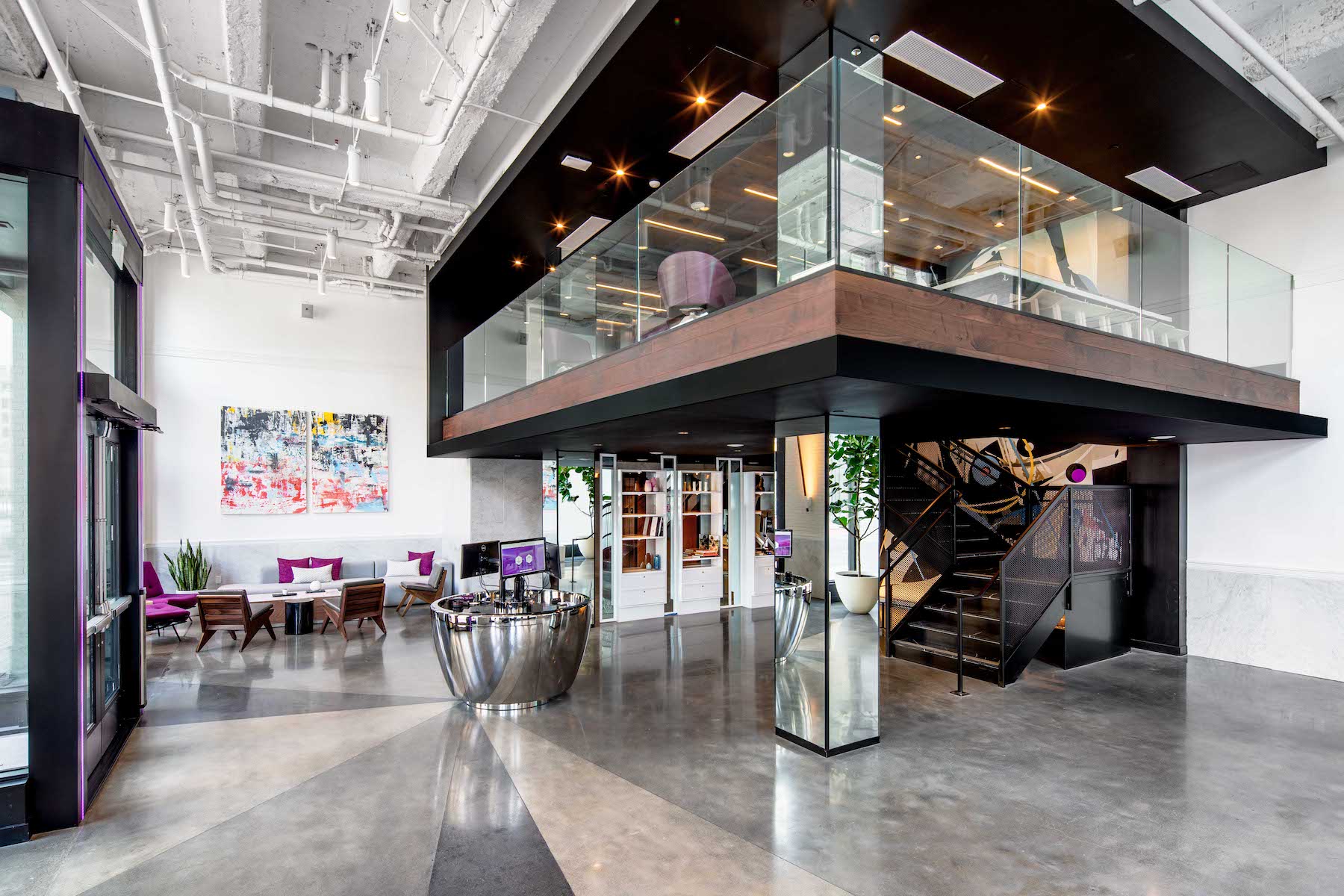
The finished product is now a 203-key Yotel micro hotel, that brand’s first micro in the western U.S. Features like self-check-in kiosks, loft-style sleeping layouts, smart televisions and public co-working and meeting space are geared toward the burgeoning neighborhood’s millennial travelers and professionals. A rooftop bar and ground-floor restaurant and bar are open to the public.
Pesavento said that Synapse Development Group, this project’s developer, was “very hands-on, and involved” during the design phase. The biggest challenge in this adaptive reuse was the mechanical system, because the bathrooms within most office buildings are in the middle of the building. For the hotel, all of the plumbing had to be rerouted. Pesavento added that the hotel was laid out to avoid the interior’s existing structures (such as columns), so the execution “needed a lot of field coordination.”
The converted building, which for all intents and purposes had been missing its bottom and crown, “is now timeless,” said Pesavento.
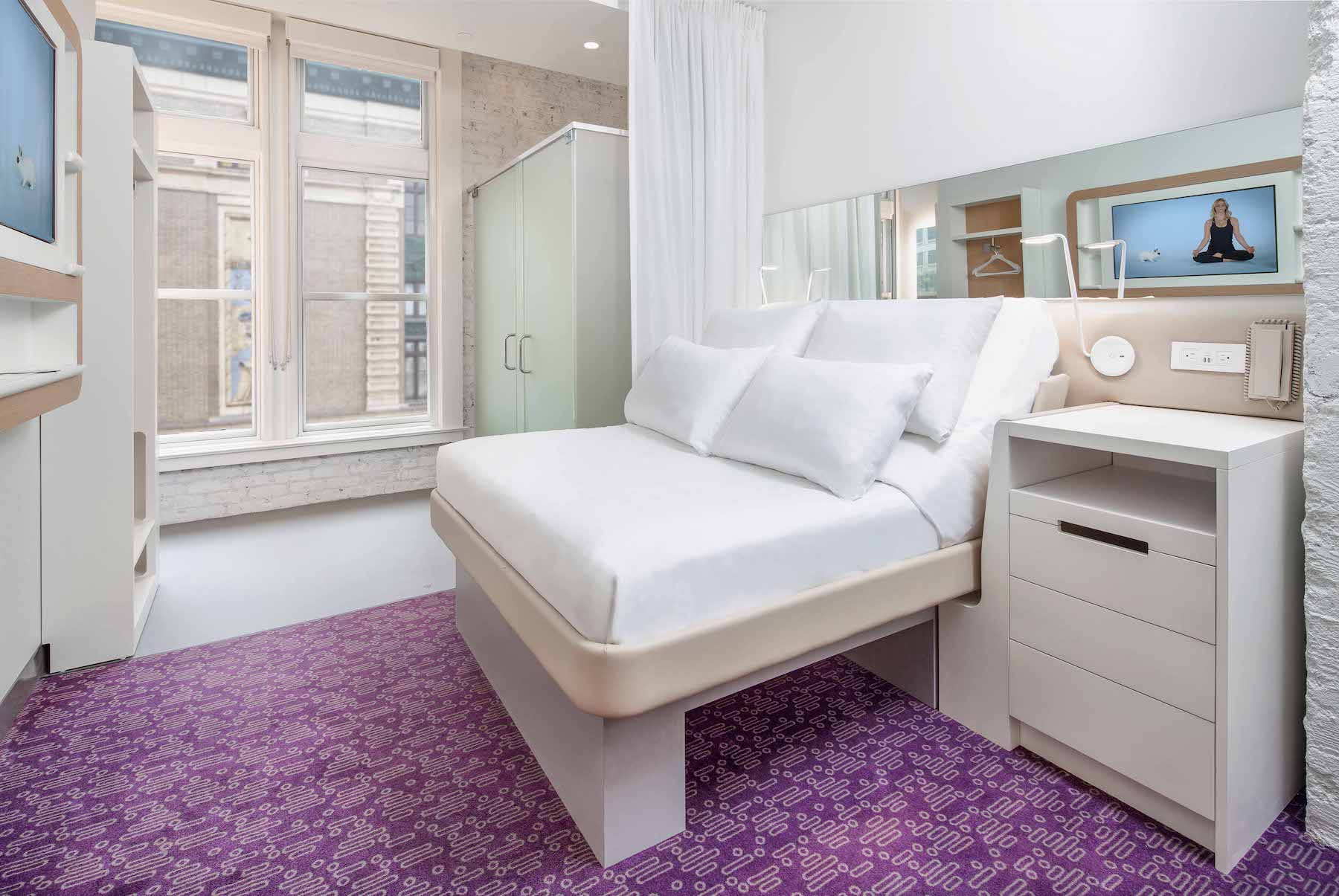
Related Stories
Multifamily Housing | Jun 17, 2019
Boston multifamily development combines a historic warehouse with a new, modern addition
The Architectural Team designed the project.
Adaptive Reuse | Jun 11, 2019
The power and possibility of adaptive reuse
Building reuse generally offers greater environmental savings than demolition or new construction.
Adaptive Reuse | Jul 9, 2018
Work, park, live: Inside Cincinnati’s parking garage turned lifestyle hotel
The Summit hotel and conference center is a converted parking garage that was once a factory.
Office Buildings | Jun 6, 2018
Final Cut: Jupiter Entertainment’s new production studio in New York combines office and editing spaces
The project team completed this full-floor renovation in four months.
Adaptive Reuse | Jun 4, 2018
Pop-up retail market on Chicago’s Randolph Street will be made of repurposed shipping containers
Related Midwest will open the market at 725 W. Randolph St. later this week.
Adaptive Reuse | May 7, 2018
A decade after it debuted, Beijing’s 798 Arts District is still a work in progress
China’s third-most-popular tourist attraction remains a magnet for creative tenants.
Adaptive Reuse | Apr 26, 2018
Edison Lofts building is New Jersey’s largest non-waterfront adaptive reuse project
Minno & Wasko Architects & Planners designed the building.
Adaptive Reuse | Mar 8, 2018
LEED Platinum for Memphis industrial reuse project
Memphis-based engineering firm OGCB and contractor Grinder Tabor Grinder led the removal of 54 million lb of concrete and 10 million lb of metal.
Multifamily Housing | Feb 27, 2018
Victorian era gasholders become modern residences in London
The new residences are part of the King’s Cross redevelopment scheme.
Education Facilities | Jan 8, 2018
Three former school buildings are repurposed to create mini-campus for teacher education
The $25.3 million project is currently under construction on the Winona State University campus.


